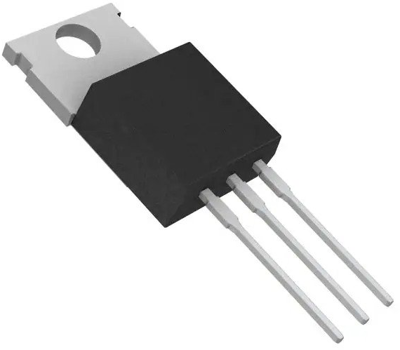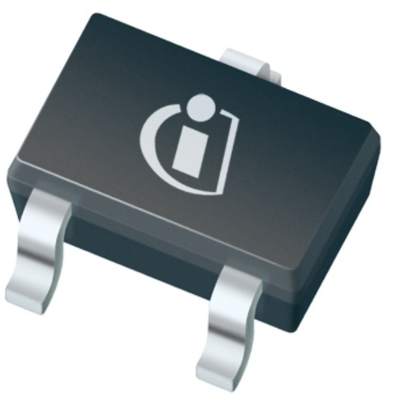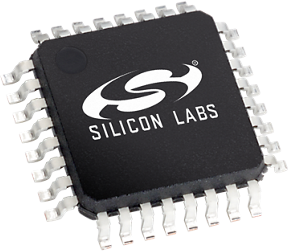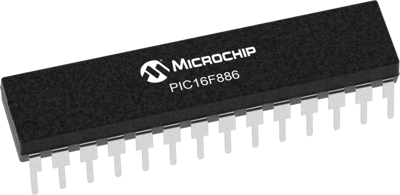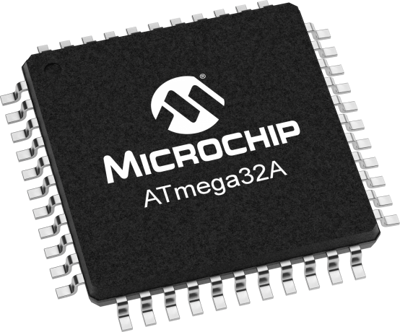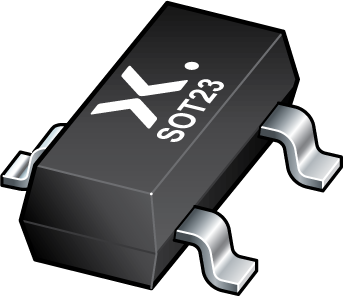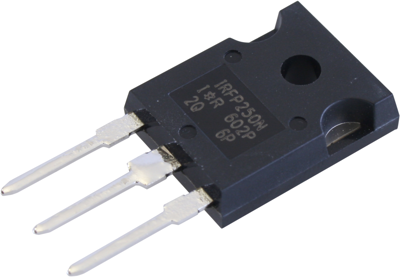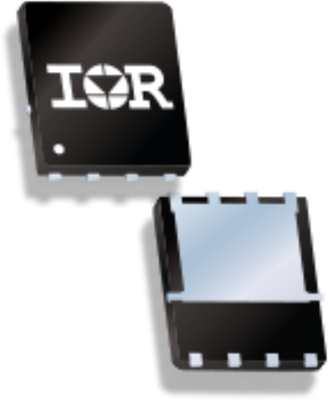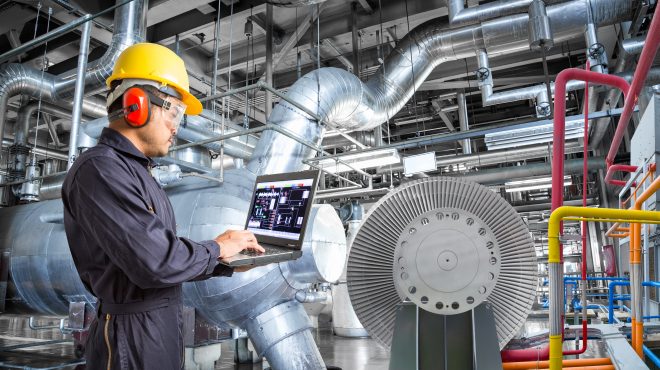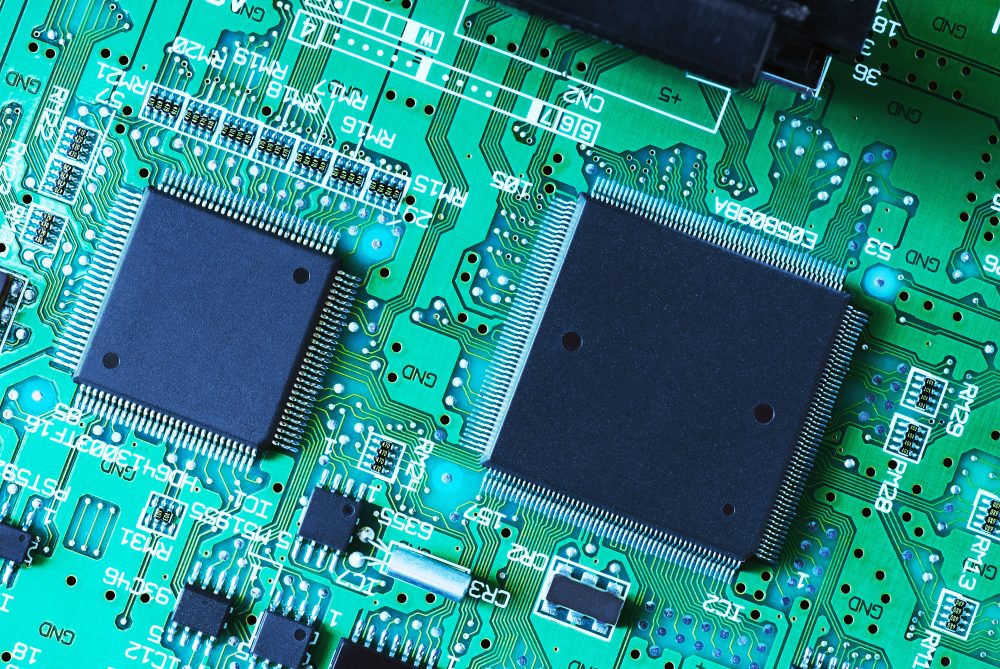
The History of Semiconductors
Semiconductor electronics is partly responsible for the world's technological progress. What role does the discovery of silicon play? How has semiconductor electronics evolved since its genesis and what innovative technologies will accelerate progress?
Table of contents
- From the discovery of silicon to modern semiconductor electronics
- How it all began: the discovery of silicon
- A milestone: the invention of the transistor
- Semiconductor technology of the future: the first chips
- Microprocessors & Microcontrollers: Basic building blocks of our engineered everyday life
- Semiconductors today
- The future of semiconductor technology
From the discovery of silicon to modern semiconductor electronics
Semiconductor technology has become an indispensable part of our lives and our technical everyday life. Examples of its application are not only devices and systems in industry. Think of the developments in the field of cashless payment, our gadgets in the car and, last but not least, tablets, laptops, smartphones and co. Digitalization would also not have been possible without the discoveries in this field of technology. But how did this highly complex segment of electronics actually develop? In the magazine article, you can read the exciting history of semiconductor electronics – from its beginnings to the present day.
How it all began: the discovery of silicon
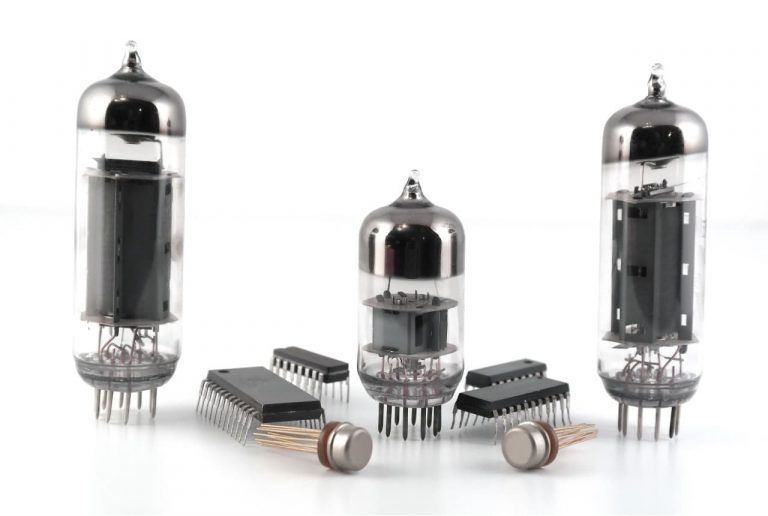
Without a doubt: The development of semiconductor electronics is a success story. The beginnings of the technology that changed our society from the ground up go back to the 19th century.
Scientists had already been making assumptions about the then still unnamed silicon for some time.
It was the Swedish chemist and physician Jöns Jakob Berzelius who was finally able to define silicon in its elementary form in 1824. And it was also he who gave the semimetal its name.
Of course, it was not foreseeable at the time that silicon would become one of the defining semiconductor materials in electronic circuits. Its properties as a semimetal and semiconductor were gradually recognized; however, early electrical engineering still relied on other materials, such as germanium.
From the discovery of the rectifier effect in 1874 by Karl Ferdinand Braun, semiconductors became increasingly important: from then on, they were used to convert alternating current into pulsating direct current. However, further developments in semiconductor technology had to wait until the middle of the 20th century.
A milestone: the invention of the transistor
In the USA, attempts had been made since the beginning of the 20th century to understand the conduction processes in semiconductors and to use them in a targeted manner. In 1947, experiments in this field led to the next major milestone in the development of semiconductor electronics: The three American scientists John Bardeen, Walter Houser Brattain and William Shockley invented a semiconductor made of germanium that could actively influence the flow of current – the transistor.
It was this discovery that secured the Nobel Prize for the three researchers. Ten years later, the first devices with built-in transistors went into series production in the electronics industry. The transistor radio was particularly popular.
In contrast to the electron tube, the transistor was smaller and also consumed less current. The only disadvantage was that it could not be driven without power. With the development of the field-effect transistor, the new technology was then equal to and increasingly superior to the then prevailing tube electronics.
Parallel to this, further developments took place: the first semiconductor components and power semiconductors such as diodes and thyristors were manufactured. Like many products of that time, they are still in use today in further developed form.
At the same time, planar technology was developed for the manufacture of transistors. This in turn laid the foundation for further innovations in semiconductor electronics – such as the development of integrated circuits or chips and finally also microchips.
Semiconductor technology of the future: the first chips
Silicon and the invention of transistors brought new possibilities in the production of electronic circuits. Among other things, they were fundamental for an invention that now dominates our everyday life: the integrated circuit (IC).
In 1958, several transistors and their interconnections could be accommodated on a silicon wafer for the first time. Compared with circuits made up of individual components, the new ICs, also known as chips, consumed less material – and also less energy.
Due to the low-cost production of the ICs in large quantities, it was possible to open up further areas of application in electronics. The military and aerospace industries showed great interest in the new technology. The reason: the performance of the new chips was already considered unsurpassed at the time. Other advantages included the small size and low weight of the circuits.
But even away from these areas of application with very specific requirements, the 74 series of TTL ICs was also an attractive chip version for the world market. In the meantime, this IC generation has been further developed many times and is still in use today.
Starting in the 1960s, the development of integrated circuits picked up more and more speed – right up to the present day. An illustrative example of this is the number of components: Whereas in 1965 there were only 30 semiconductor components on a circuit board, today there are more than a million – and the trend is rising.
Microprocessors & Microcontrollers: Basic building blocks of our engineered everyday life
The miniaturization of electronics progressed inexorably from the last third of the 20th century onwards, and ICs became increasingly multi-part and complex.
With the so-called microprocessors, special programmable chips were finally developed that make computers, laptops and the like run. They also made it possible to control various devices and machines.
Microprocessors
Two companies fought a relentless competition in the development history of microprocessors: Both Texas Instruments and Intel had been working on these innovative chips for a long time. The first patented microprocessor, the Intel 4004, finally came onto the market in 1971. A breakthrough – not only, but especially for the computer technology of the time.
Their small size and convincing performance made even these first microprocessors attractive and useful. Compared to the tube processor common at the time, which usually took up an entire room with several control cabinets, the microprocessor had space on one board or chip: a revolution!
It was only through the discoveries that inspired such technologies that the computer industry was able to design products that we all use every day.
Microcontrollers
Parallel to this, the first microcontrollers developed. Like the microprocessor, the microcontroller is used to organize and optimize computer systems.
However, the microcontroller puts the central processing unit (CPU) and all peripheral devices on the same chip, which is not the case with microprocessors. The areas of application of microcontrollers are thus much more diverse.
Microcontrollers were particularly suitable for embedded systems and are now mainly developed for dedicated applications. For example, they are installed in various controllers, such as temperature and level controllers. But motor controls, alarm systems, timers and washing machines also work with the help of this semiconductor technology.
Semiconductors today
But it is not only in the field of computer technology that the invention of microprocessors represents an indispensable development in semiconductor technology. Virtually all areas of our daily lives are now controlled by microprocessors or other elements of semiconductor technology: smartphones, tablets, laptops, computers, various storage media and even complex industrial plants.
Also not to be forgotten: the automotive industry. Around 75 percent of innovations in modern vehicles would not have been possible without semiconductor technology. But also in technical innovations such as electromobility or photovoltaics, semiconductor technology or microelectronics proved to be a game changer.
Highly developed power semiconductors are of particular importance here. Due to the progressive innovations in microelectronics, a lot has happened in this area as well – especially in MOSFET and IGBT technology.
Meanwhile, intelligent MOSFETS have been developed with the so-called SMARTFETs. These are robust circuit breakers with low on-resistance and integrated analog circuits for diagnostic, protection and control functions.
The future of semiconductor technology
It has been a long road from the invention of silicon to the present day, and even now it is not over. More complex, faster, smaller – this is how the development of semiconductor electronics continues. The density and quantity of transistor functions in chips are still increasing today, for example. The reason: The electronics industry needs ever more powerful and faster circuits.
What other developments can be expected in the field of semiconductor electronics? Jürgen Lampert, CEO of Bürklin Elektronik, has ventured a look into the future. Click here for the interview.
Semiconductor products available from Bürklin Elektronik
Semiconductor components are increasingly in demand from both industry and private customers. Bürklin Elektronik has a wide range of semiconductors: from diodes to power semiconductors to various memory ICs, logic ICs and sensor ICs and much more.
In the online store, individual products and models can be found easily and ordered immediately. If you have any questions about Bürklin Elektronik’s semiconductor products, please contact the experts at Bürklin Elektronik at any time.

